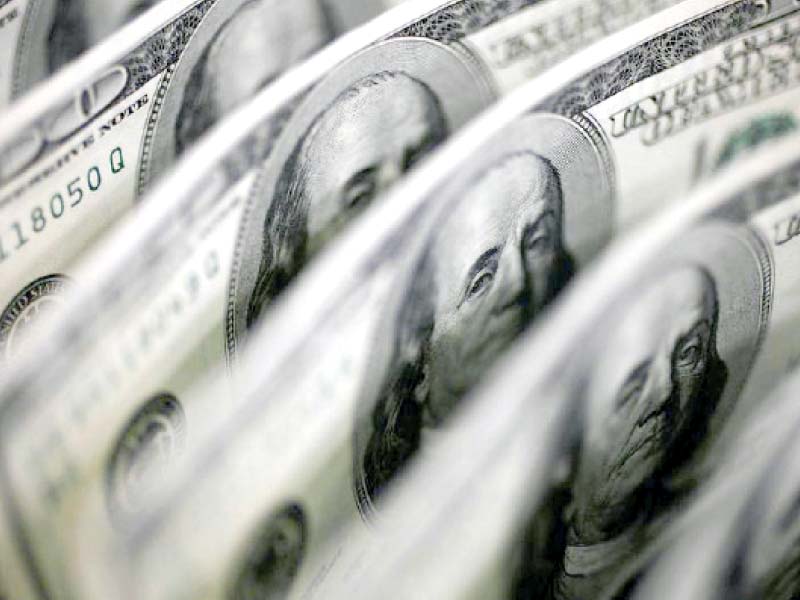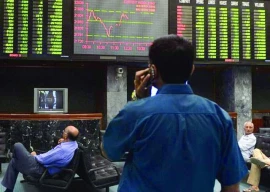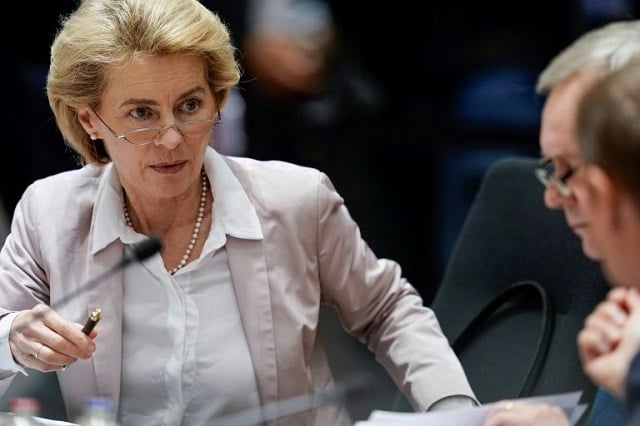
The dollar hit its lowest level in nearly three years on Wednesday, with markets pricing in a Democrat win in the US Senate election in Georgia that would pave the way for a larger fiscal stimulus package and fuel currency market risk appetite.
Democrats won one hotly contested US Senate race in Georgia and pulled ahead in the second by 1200 GMT, edging closer to control of the chamber.
Analysts generally assume a Democrat-controlled Senate would be positive for economic growth globally and thus for most riskier assets, but negative for bonds and the dollar as the US budget and trade deficits swell even further.
As markets priced in the Democrats winning both seats, the dollar index hit its lowest since March 2018, extending its overnight losses during the European session. At 1153 GMT, it was at 89.292, down 0.2% on the day.
The dollar also fell to its lowest in six years versus the Swiss franc at 0.87585. “The reaction pattern is along the lines of what we were originally expecting if we had seen a Blue wave scenario in the original November (US presidential) election,” said Saxo Bank’s head of FX strategy John Hardy.
“It’s still a pretty tough environment to do stimulus and to do legislation but it’s much more possible than if there was no majority there for the Democrats,” he said.
Hardy said that although the increased likelihood of US fiscal stimulus is in line with expectations for dollar weakness, if the recent rise in US Treasury yields continues, then that could curtail the dollar’s ability to fall in the longer term.
The euro was up 0.3% at $1.2335, having risen past major resistance to hit as high as $1.2346 in early European trading.
“We had not assumed Democrat victories in these elections and hence some revisions weaker to the extent of USD weakness we expect this year may be warranted,” Derek Halpenny, head of research at MUFG, wrote in a note to clients. “We currently tentatively are targeting 1.2800 for EUR/USD by year-end,” he added.
But Elsa Lignos, global head of FX strategy at RBC Capital Markets, said that she disagreed with the market consensus that US fiscal stimulus is “risk-on” and therefore dollar-negative.
Instead, she said, big infrastructure spending in the US would strengthen the dollar, particularly against non-commodity producing developed market currencies.
Riskier currencies also surged, with the New Zealand dollar and Australian dollar hitting their highest since 2018 and holding onto these gains in the European session.
The move was helped by a range of surveys overnight showing that manufacturing globally had proved resilient in December, despite escalating virus cases. A decisive outcome in Georgia could arrive as soon as Wednesday morning in the United States, although the tightness of the count suggests an official result may take longer.
Elsewhere, US President Donald Trump escalated tensions with Beijing by signing an executive order banning US transactions with eight Chinese software applications.
After surging on Monday and Tuesday, the yuan softened, after China’s central bank appeared to signal a preference for a more moderate pace of intervention.
The yuan has gained around 10% on the dollar since last May as China’s economic rebound has led the world’s pandemic recovery.
Bitcoin traded above $35,000 for the first time, rising to $35,879 in the Asian session and extending a rally that has seen it rise more the 800% since mid-March. These gains waned as European markets opened with bitcoin at $35,050.00 at 1200 GMT.
Published in The Express Tribune, January 7th, 2021.
Like Business on Facebook, follow @TribuneBiz on Twitter to stay informed and join in the conversation.
























COMMENTS
Comments are moderated and generally will be posted if they are on-topic and not abusive.
For more information, please see our Comments FAQ